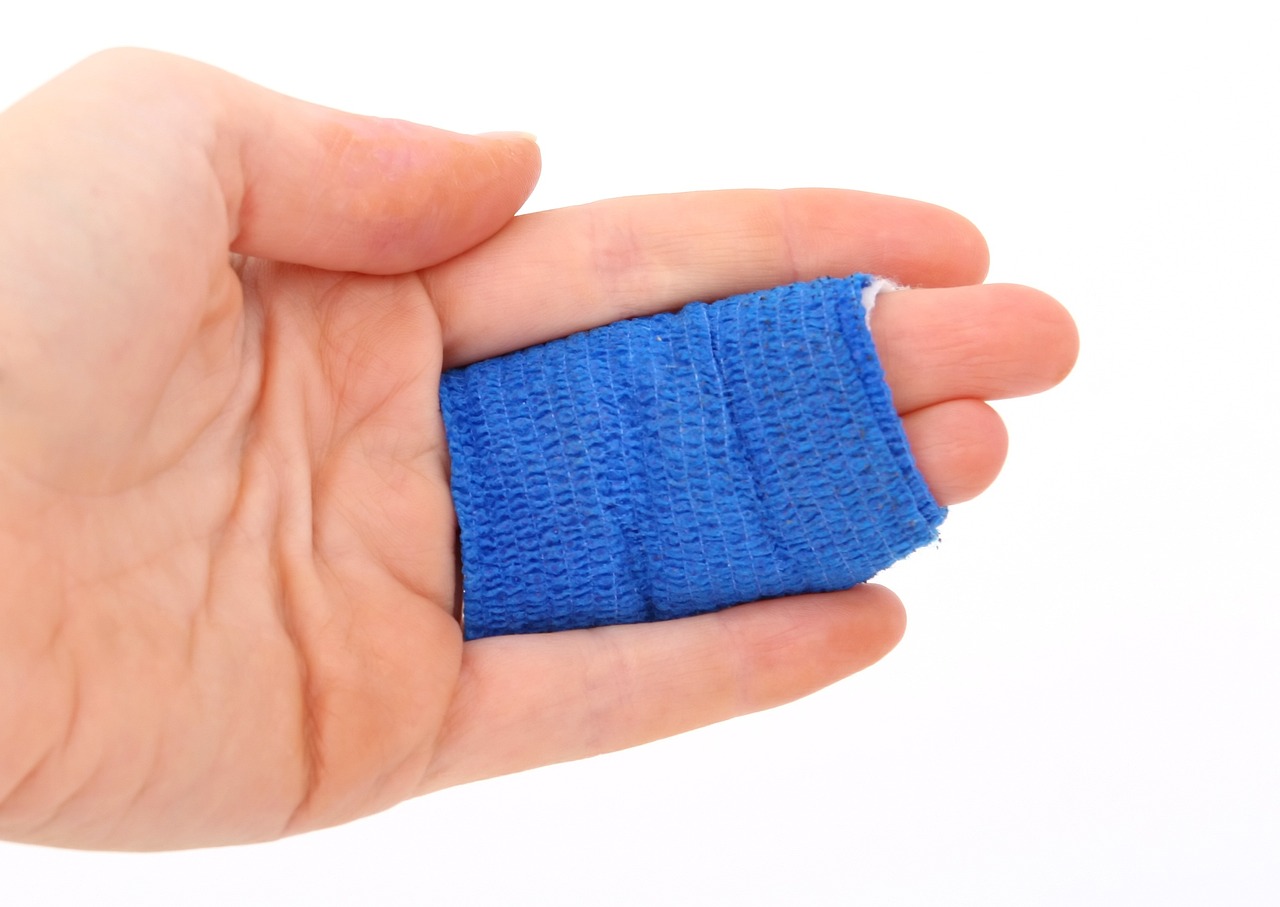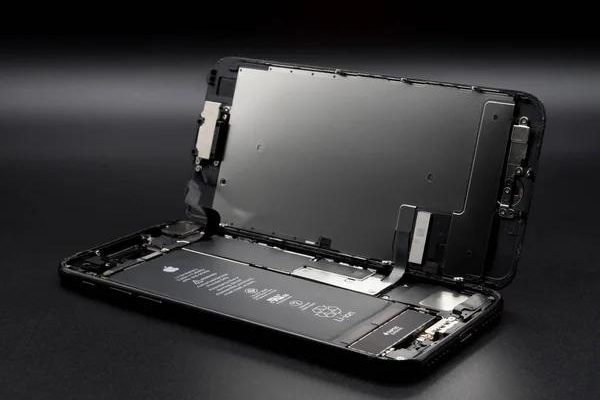The Ultimate Guide to Properly Applying a Bandage to Your Finger
Did you know that fingers are one of the most commonly injured body parts, with cuts and scrapes being a frequent occurrence? When it comes to treating these minor injuries, properly applying a bandage to your finger is essential for promoting quick and effective healing.
For centuries, people have been using bandages to protect wounds and prevent infection. The proper technique for putting a bandaid on the tip of your finger involves ensuring that the adhesive part of the bandage is securely attached to the skin surrounding the wound. This not only helps to keep the bandage in place but also creates a barrier against bacteria and dirt.
One common challenge when applying a bandage to the tip of your finger is getting it to stay put. A helpful tip is to make sure your hands are clean and dry before putting on the bandage, as moisture can prevent the adhesive from sticking properly. Additionally, wrapping the bandage snugly around your finger without cutting off circulation is key to ensuring it stays in place.
According to recent studies, proper wound care, including the correct application of bandages, can reduce the risk of infection and promote faster healing. By following the right steps and techniques for putting a bandaid on your finger, you can help your wound heal properly and minimize any potential complications. Remember, a well-applied bandage is a simple yet effective solution for protecting your finger and allowing it to heal.
How to Properly Apply a Bandaid to the Tip of Your Finger
When dealing with a cut or scrape on the tip of your finger, it can be tricky to properly apply a bandaid to ensure it stays in place and provides adequate protection. There are a few key steps to follow to ensure the bandaid stays in place and that your cut can properly heal.
Step 1: Clean the Wound
Before applying a bandaid, it is crucial to clean the wound with soap and water to prevent infection. Make sure the area is dry before moving on to the next step.
Step 2: Select the Right Size
Choose a bandaid that is the right size for the cut on the tip of your finger. You want to make sure the bandaid fully covers the wound without being too large or too small.
Step 3: Apply the Bandaids Properly
Peel off the adhesive backing of the bandaid and carefully apply it to the tip of your finger. Make sure to smooth out any wrinkles or air bubbles to ensure a secure fit.
Step 4: Secure the Bandaids
To ensure the bandaid stays in place on the tip of your finger, gently press down on the edges to secure it. You can also wrap a small piece of medical tape around the bandaid for added security.
Step 5: Monitor the Wound
It is important to regularly check on the wound to ensure it is healing properly. If you notice any signs of infection, such as redness, swelling, or pus, seek medical attention immediately.
Conclusion
By following these simple steps, you can effectively apply a bandaid to the tip of your finger and ensure your wound heals properly. Remember to keep the area clean and dry, and monitor the wound for any signs of infection. If you have any concerns, don’t hesitate to seek medical advice.
The Ultimate Guide to Properly Applying a Bandage to Your Finger
When it comes to properly applying a bandage to your finger, there are certain techniques and tips that can make the process much easier and more effective. Whether you have a small cut or a larger wound, knowing how to properly apply a bandage can help promote healing and prevent infection. In this guide, we will walk you through the best way to put a bandaid on the tip of your finger, as well as provide some additional tips for optimal wound care.
Proper Technique for Applying a Bandage to Your Finger
When applying a bandage to your finger, it is important to start by cleaning the wound with soap and water. This will help remove any dirt or debris that could lead to infection. Once the wound is clean, pat it dry gently with a clean towel. Next, select an appropriate size bandage that will cover the entire wound and provide a secure fit. Peel off the backing of the bandage and carefully place it over the wound, making sure to press down on all edges to ensure a tight seal. Finally, wrap the adhesive tabs around your finger to secure the bandage in place.
Tips for Properly Applying a Bandage to Your Finger
For wounds on the tip of your finger, it can be tricky to get a bandage to stay in place. One helpful tip is to fold the adhesive tabs of the bandage underneath your finger to create a secure hold. You can also use a small piece of medical tape to reinforce the bandage and prevent it from coming loose. Additionally, it is important to change your bandage regularly to promote healing and prevent infection. If the bandage becomes wet or dirty, be sure to replace it with a clean one. Finally, be sure to monitor the wound for any signs of infection, such as increased redness, swelling, or discharge, and seek medical attention if necessary.
Additional Tips for Wound Care
In addition to properly applying a bandage to your finger, there are some additional tips for optimal wound care. It is important to keep the wound clean and dry, as moisture can delay healing and increase the risk of infection. You can cover the bandage with a waterproof dressing to protect it while showering or washing dishes. It is also important to avoid picking at the wound or removing the scab, as this can slow down the healing process and increase the risk of scarring. Finally, be sure to eat a healthy diet rich in vitamins and minerals to support the body’s natural healing process.
Conclusion
In conclusion, knowing how to properly apply a bandage to your finger is essential for promoting healing and preventing infection. By following the proper technique and tips outlined in this guide, you can ensure that your wound heals quickly and effectively. Remember to keep the wound clean, change the bandage regularly, and monitor for any signs of infection. With the right care, your finger will be back to normal in no time.





0